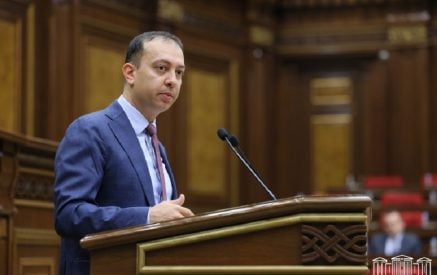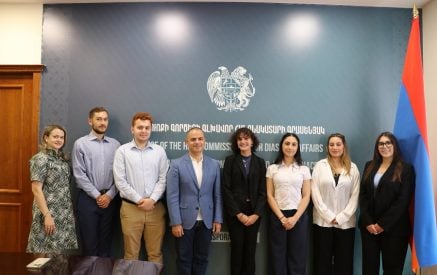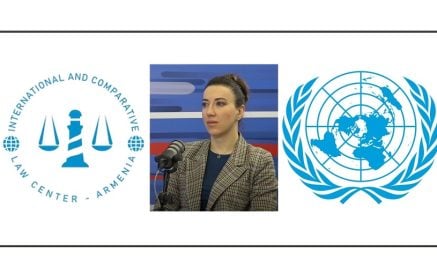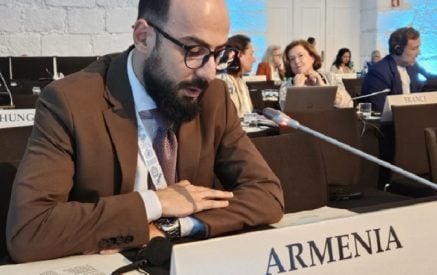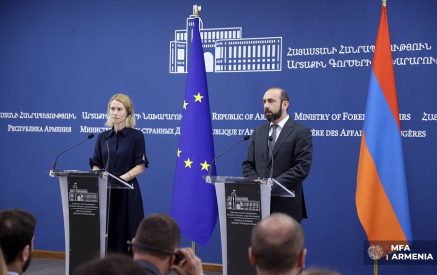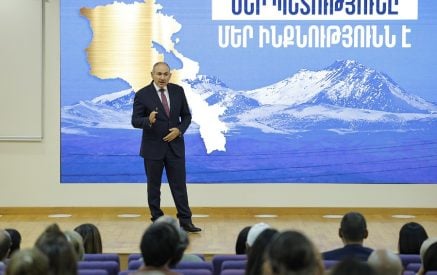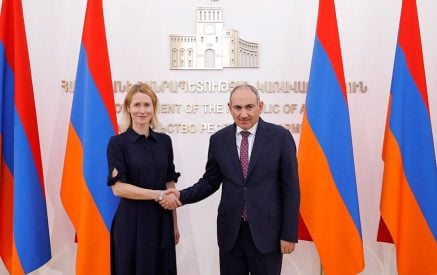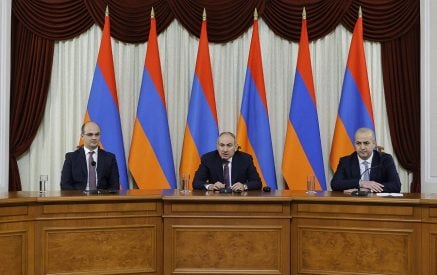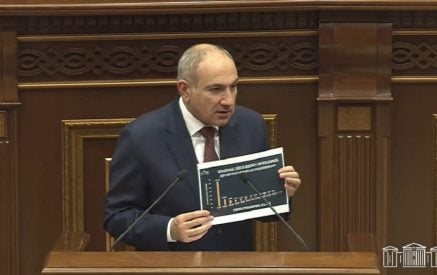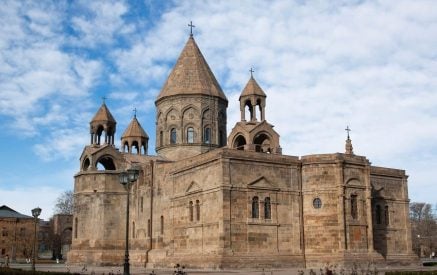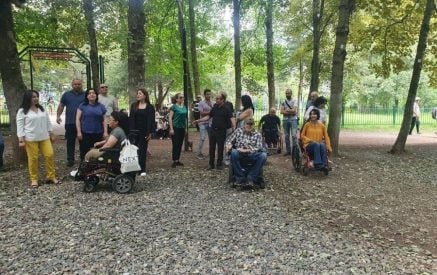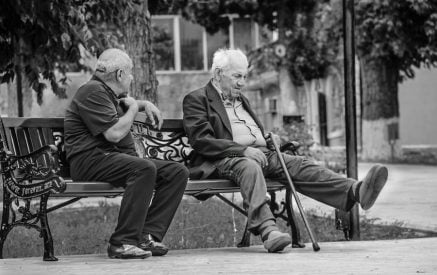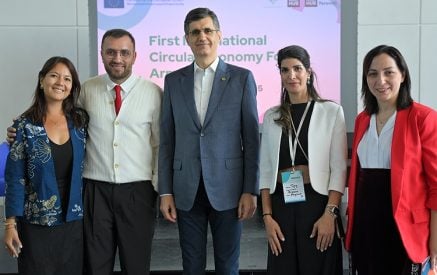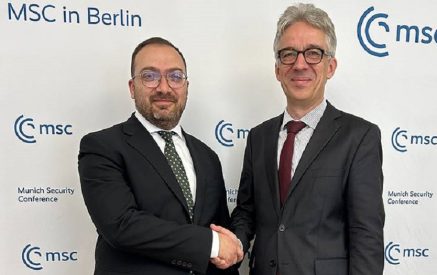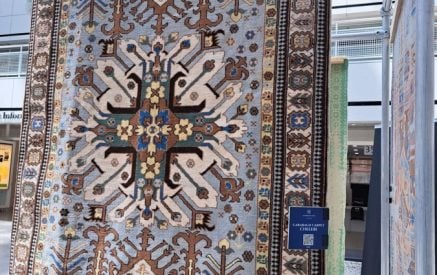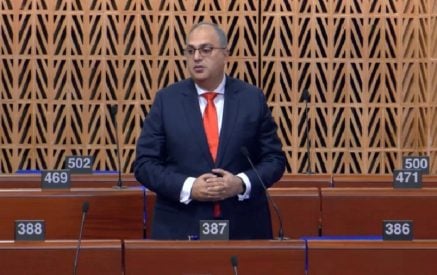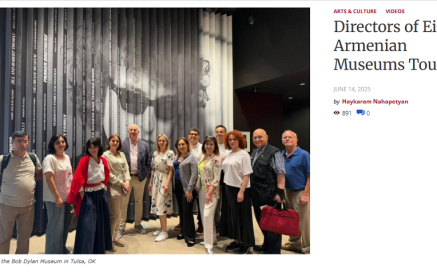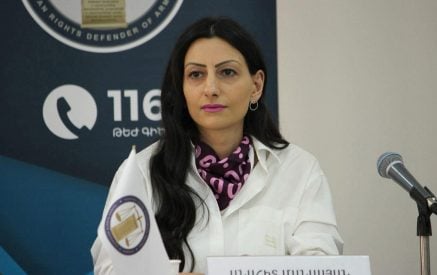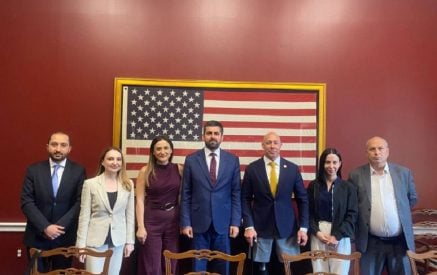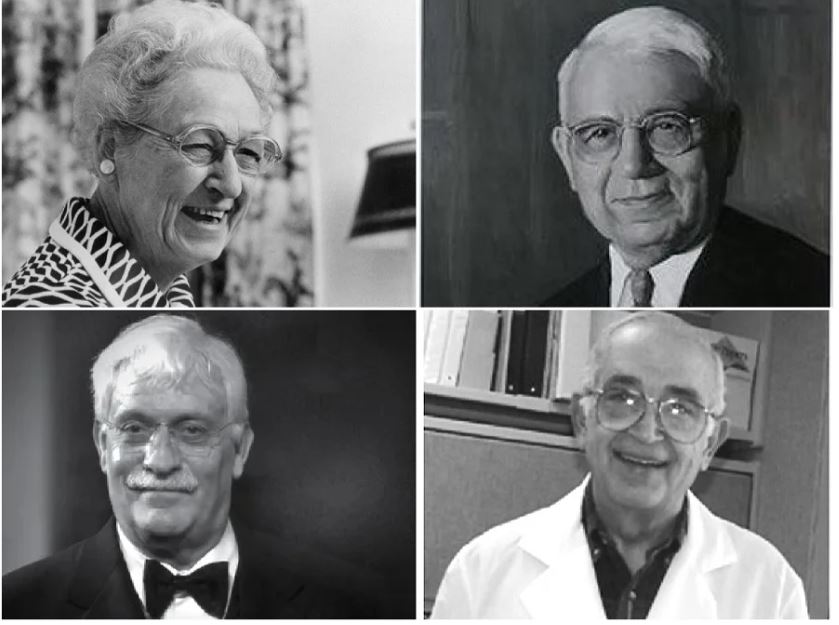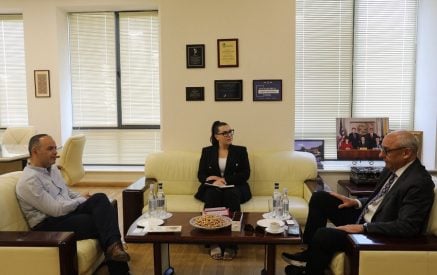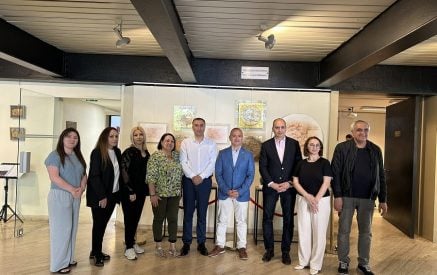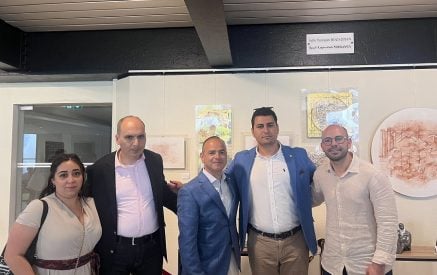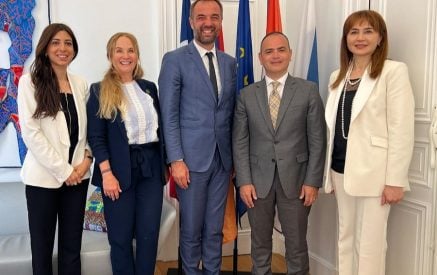The phrase “Armenians who changed the world” sounds loud until you get acquainted with the biography and discoveries of these fantastic people; Aravot.am referred to those Armenian doctors-scientists whose dedicated work and crazy ideas save people’s lives every second in every corner of the world.
Of course, this list is by no means complete, but knowing their names is essential, as is the truth that no matter how smart and gifted you are, given the right environment and opportunities, you can still “overturn mountains.”
These people, born in foreign places in the families of Armenian emigrants who escaped the genocide, were able to earn their opportunity to “overturn mountains.”
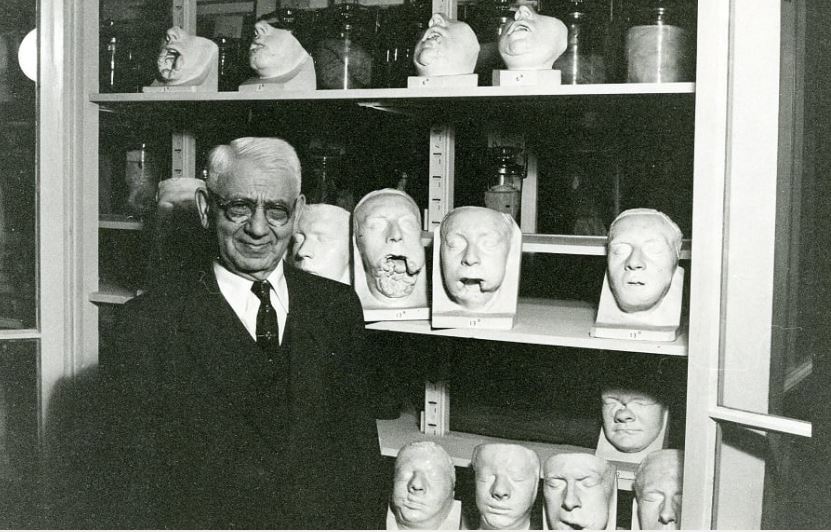
Varaztad Kazanjian
Varaztad Hovhannes Kazanjian was born on March 18, 1879 in Yerznka. Fleeing the Hamidian pogroms, he left for the United States in 1895, settled in Worcester Massachusetts, and worked in a wire factory. On the advice of a colleague, Kazanjian decided to study dentistry, simultaneously working in the factory, practicing, and overcoming language difficulties.
In 1902, he entered Harvard Dental School. After graduating in 1905, he joined the same school as an assistant in the department of orthopedic dentistry, treating more than 400 broken jaws using new treatment methods while working in the school’s clinic. Kazanjian often crossed the boundaries of orthopedic dentistry and plastic reconstructive surgery during his career. Thanks to his skills during the First World War, he restored many faces of soldiers disfigured during the war. As a sign of gratitude, in 1919, King George V of England awarded him the Order of Saint Michael and Saint George.
Returning to Boston in 1919, Varazdat Kazanjian received the Title of Professor of maxillofacial military surgery at Harvard Dental School. In 1941, Varazdat Kazanjian became the first professor of plastic surgery at Harvard Medical School. His innovative approaches were the impetus for further developing and improving plastic surgery.
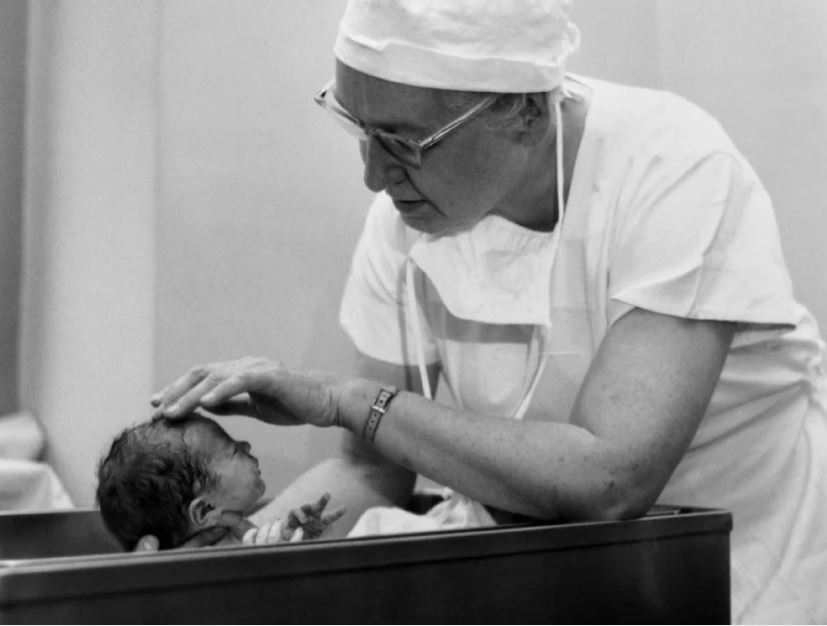
Virginia Apgar
Virginia Apgar was born on June 7, 1909, in Westfield, New Jersey, USA, to Charles Emory Apgar, an Armenian immigrant.
In 1929, on the eve of the Great Depression, Virginia entered Columbia University’s College of Physicians and Surgeons. A few years later, accepting the offer of the chief surgeon of Colombia, he started practicing anesthesiology.
Virginia began working in that field from scratch as a theoretician and specialist. In 1938, Virginia Apgar headed the first department of anesthesiology in the USA, where she was also the only employee. After nine years, the purposeful woman becomes the First Female Professor at Columbia University College.
In the 1940s, Apgar studied the effect of anesthesia on the state of parturient and newborns, developing her own system for evaluating the impact of anesthesia on the newborn. After introducing the simple but highly effective scale- “Apgar scores”, the infant death rate in the United States dropped at once as it became clear to doctors which infants needed immediate help and which were in perfect condition. “There was no such problem in the world that this woman could not solve.” Stanley James (Virginia Apgar’s colleague and close friend).
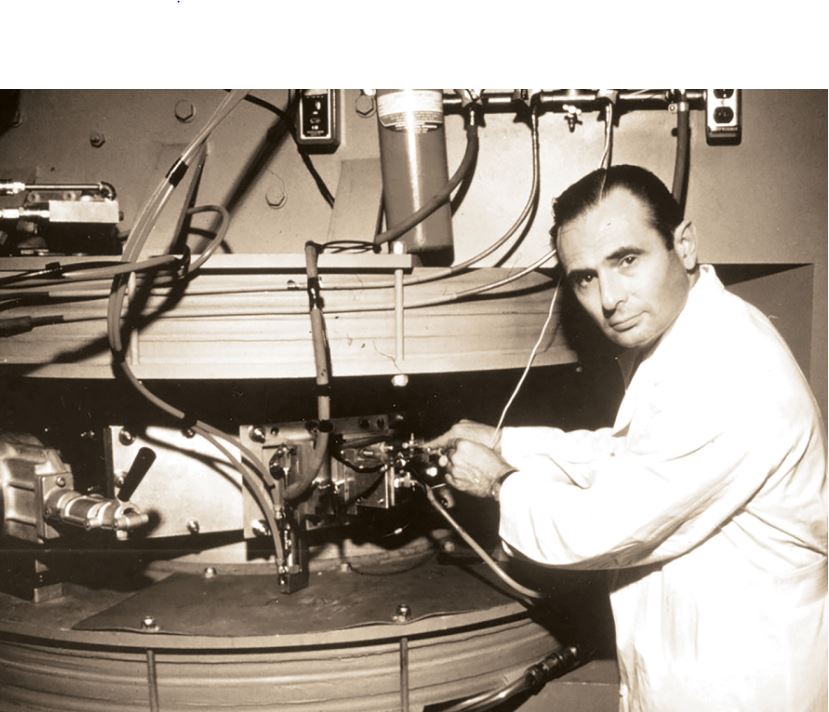
Michel Ter-Poghossian
Michel Ter-Poghossian was born in Berlin on April 21, 1925, in a family of Armenian immigrants. His interest in science started from childhood. He received scientific degrees from the University of Paris and the Radium Institute. In 1946, Michel Ter-Poghossian moved to the USA, where he developed his scientific activities. Although his achievements are numerous, the Armenian scientist is primarily known as the father of positron radiation tomography (PET).
Michael Ter-Poghossian, leading a group of scientists in the early 1970s, jointly created the concept of positron radiation tomography. The most important achievement was that this method allowed the understanding of the actual metabolic activity in organs and tissues, expanding the understanding of doctors’ and scientists’ understanding of the biological processes in the body and creating the basis for the diagnosis of diseases.
Albert Kapikian
Albert Zaven Kapikian was born in New York on May 9, 1930, in a family of Armenian immigrants. After graduating from Cornell University, he started working at the US National Institutes of Health in 1957, devoting his whole life to researching infectious diseases of the gastrointestinal system. “Father of Gastroenteritis Virus Research”; is how Dr. Albert Kapikian is described in professional circles; thanks to his discoveries, infections of the gastrointestinal system are much more recognizable and predictable today.
In 1972, he managed to identify the first norovirus, which is now considered the leading cause of epidemic diarrhea among adults. A year later, Kapikian and his colleagues identified the hepatitis A virus.

Albert Kapikian, center, works with colleagues Stephen Finestone, left, and Robert Purcell.
Albert Kapikian was the first scientist in the USA to discover human rotavirus (also found in Australia by other scientists). Investing a lot of effort in studying the causes of severe diarrhea in children, Dr. Kapikian and his team discovered the route of rotavirus transmission. These viral proteins are critical for the immune response. Based on this knowledge, developed vaccines against different strains of rotavirus, the final version of which was patented in 1998 by the US Food and Drug Administration.
The Sabin Vaccine Institute awarded Albert Kapikian the Sabin Gold Medal for the innovation of vaccine introduction. “Al Kapikian was a giant in the field of virology. His seminal contributions to virus research and vaccine development have had an enormous impact.” Anthony Fauci (Director of the US National Institute of Allergy and Infectious Diseases).
Raymond Damadian
Raymond Vahan Damadian was born in New York on March 16, 1936, in a family of Armenian immigrants. He graduated from the Medical University of Wisconsin, Madison, and then received his doctorate from the Albert Einstein College of Medicine in New York. On the way to search for new methods of cancer diagnosis, Raymond Damadian becomes interested in the possibilities of nuclear magnetic resonance technology.
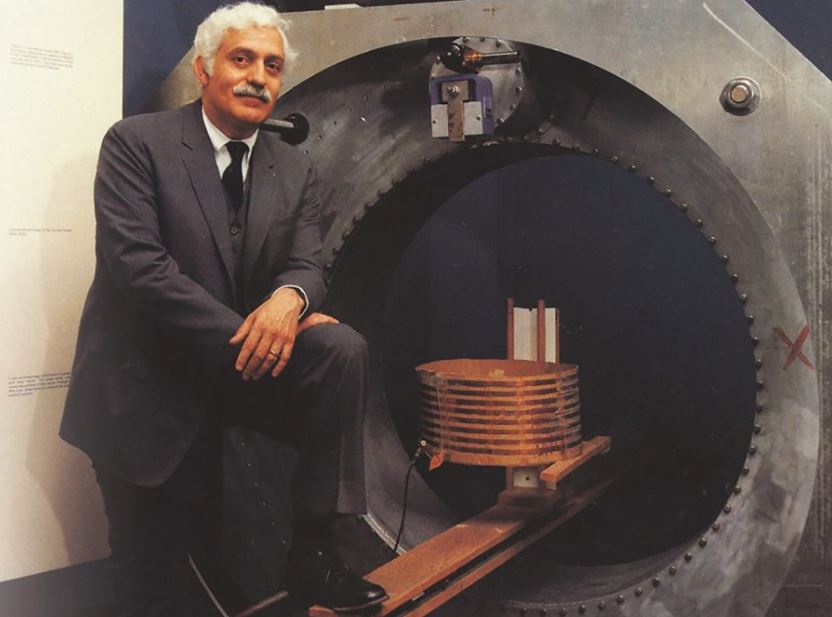
Dr. Damadian and the prototype MRI scanner are displayed in the Smithsonian Institution’s Hall of Medical Sciences.
However, the ideas of the young scientist engaged in research at the State University of New York seemed impractical to many. They hasten to inform him that scanning a person using nuclear magnetic resonance involves rotating the patient 10,000 times per minute.
But Raymond Damadian did not give up and, overcoming all possible difficulties, in 1974 received a patent for magnetic resonance imaging equipment, and a few years later, on July 3, 1977, he successfully performed a human body scan.
This safe and accurate method of examining the human body is still widely used today, providing an opportunity to examine the internal organs without surgical intervention and high radiation risks. The invention of the magnetic resonance imaging diagnostic device is one of the most significant discoveries in the field of diagnostics.
Prepared by Marine ALEKSANYAN


